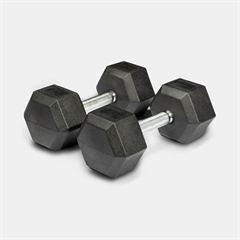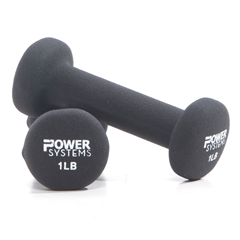Kettlebell training can be an effective tool for weight loss when combined with a well-structured workout program and a balanced diet. Kettlebell workouts can help you burn calories, increase your metabolic rate, and improve overall fitness. Here’s how to use kettlebell training for weight loss:
- Choose the Right Kettlebell Weight:
- Start with a weight that you can handle comfortably while maintaining proper form. A weight that allows you to perform higher-repetition sets is typically suitable for fat loss.
- Include High-Intensity Interval Training (HIIT):
- Incorporate kettlebell exercises like swings, snatches, and high pulls into HIIT routines. HIIT workouts are highly effective for burning calories and increasing metabolic rate both during and after exercise.
- Full-Body Workouts:
- Design full-body workouts that engage multiple muscle groups. This helps maximize calorie expenditure and improve overall strength and endurance.
- Compound Movements:
- Focus on compound movements like kettlebell swings, goblet squats, and Turkish get-ups. These exercises engage multiple muscle groups simultaneously and burn more calories compared to isolation exercises.
- Circuit Training:
- Create kettlebell circuit workouts by combining different exercises with minimal rest in between. Circuits keep your heart rate elevated and promote fat loss.
- Progressive Overload:
- Gradually increase the intensity of your kettlebell workouts by either increasing the weight, the number of repetitions, or reducing rest intervals. This progressive overload helps your body adapt and continue to burn calories.
- Frequency and Consistency:
- Aim for at least 3-4 kettlebell workouts per week to create a calorie deficit and see consistent weight loss progress.
- Proper Form:
- Ensure you maintain proper form during kettlebell exercises to prevent injury and maximize calorie burn. Consider working with a certified kettlebell instructor if you’re new to kettlebell training.
- Combine with a Balanced Diet:
- Weight loss is not just about exercise; diet plays a significant role. Maintain a balanced diet with a calorie deficit to complement your kettlebell workouts.
- Monitor Your Progress:
- Keep track of your workouts, including the exercises, sets, reps, and weights used. This helps you measure your progress and make necessary adjustments to your routine.
- Adequate Rest and Recovery:
- Ensure you get enough sleep and allow your muscles to recover between kettlebell workouts. Recovery is essential for overall well-being and weight loss success.
- Stay Hydrated:
- Proper hydration is essential for metabolic function and overall health. Drink enough water throughout the day.
- Manage Stress:
- High stress levels can hinder weight loss progress. Practice stress-management techniques like meditation, yoga, or deep breathing exercises.
Remember that individual results may vary, and weight loss is a multifaceted process that involves various factors beyond exercise, including genetics and lifestyle. Be patient, stay consistent, and consult with a healthcare professional or registered dietitian for personalized guidance on your weight loss journey.


















